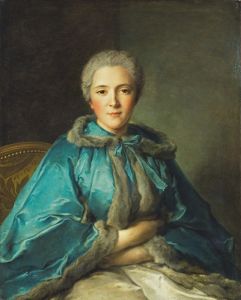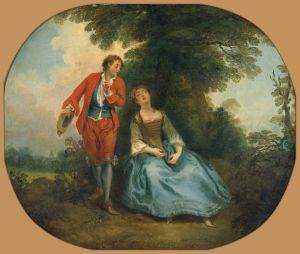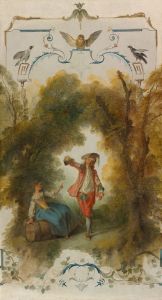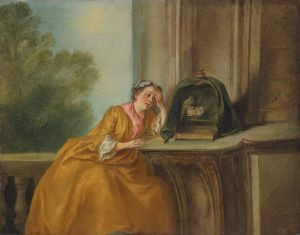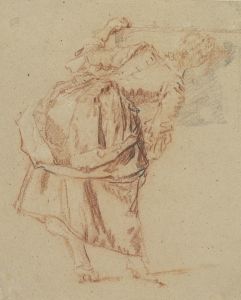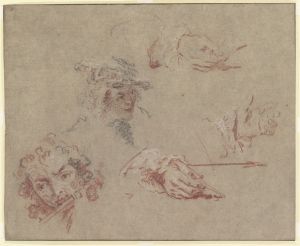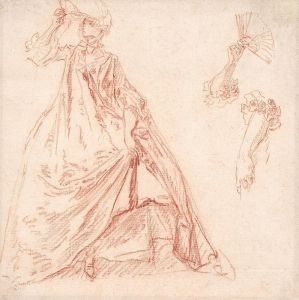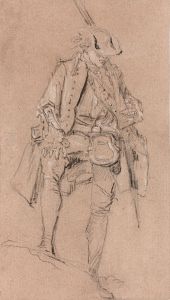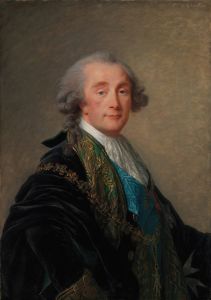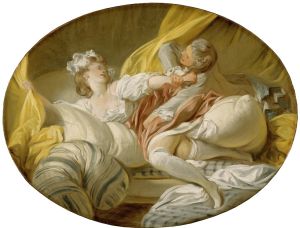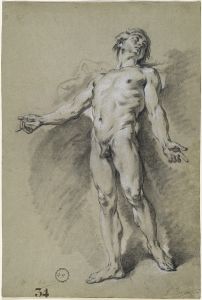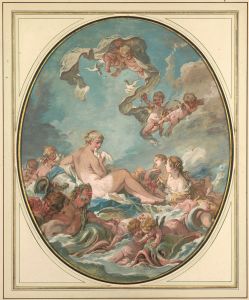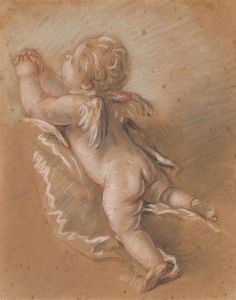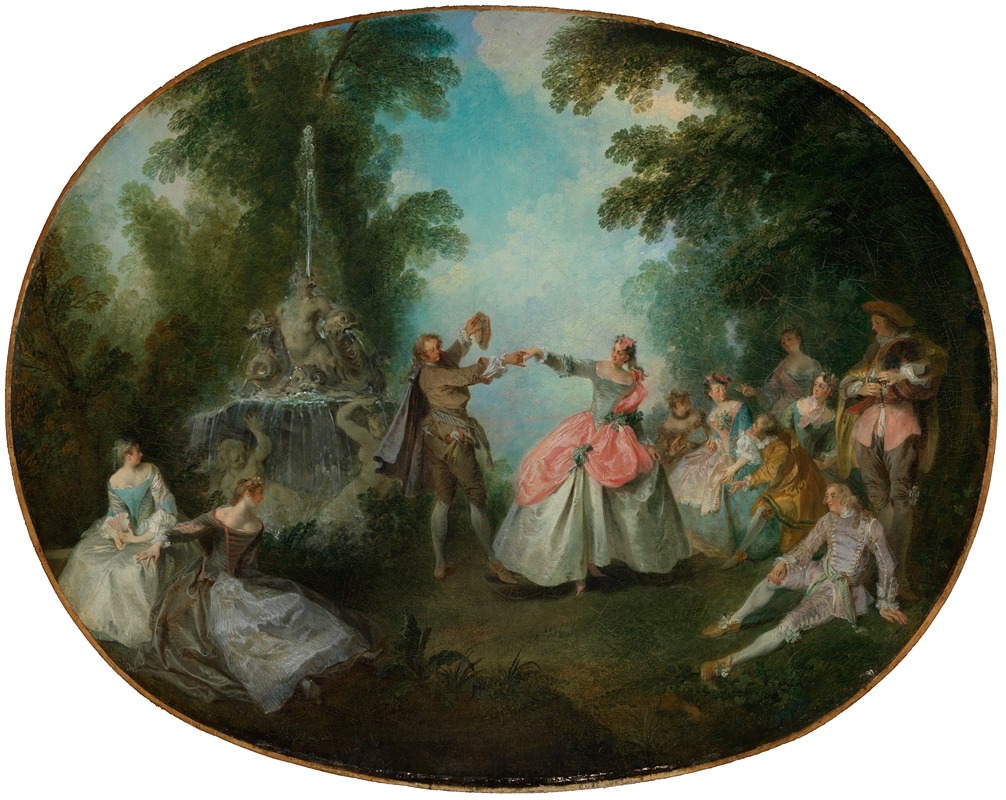
The minuet
A hand-painted replica of Nicolas Lancret’s masterpiece The minuet, meticulously crafted by professional artists to capture the true essence of the original. Each piece is created with museum-quality canvas and rare mineral pigments, carefully painted by experienced artists with delicate brushstrokes and rich, layered colors to perfectly recreate the texture of the original artwork. Unlike machine-printed reproductions, this hand-painted version brings the painting to life, infused with the artist’s emotions and skill in every stroke. Whether for personal collection or home decoration, it instantly elevates the artistic atmosphere of any space.
Nicolas Lancret (1690–1743) was a prominent French painter known for his genre scenes, which often depicted lively and elegant gatherings in the Rococo style. One of his notable works is "The Minuet," a painting that exemplifies his skill in capturing the social customs and leisure activities of the 18th-century French aristocracy.
"The Minuet" portrays a scene of refined elegance and social interaction, typical of Lancret's oeuvre. The painting depicts a group of elegantly dressed figures engaged in a minuet, a popular dance of the time characterized by its graceful and measured movements. The setting is likely a salon or a garden, common venues for such social gatherings among the elite. Lancret's attention to detail is evident in the intricate costumes of the dancers, which reflect the fashion of the period, with their elaborate fabrics and accessories.
Lancret was a contemporary of Antoine Watteau, another master of the Rococo style, and was significantly influenced by Watteau's work. However, Lancret developed his own distinct approach, focusing more on the narrative and interaction between figures in his compositions. "The Minuet" is a testament to this, as it not only captures the elegance of the dance but also conveys a sense of the relationships and social dynamics among the participants.
The painting is characterized by its light, pastel color palette, a hallmark of the Rococo style, which emphasizes lightness and frivolity. Lancret's use of color and light creates a sense of movement and liveliness, drawing the viewer into the scene. The figures are arranged in a harmonious composition, with their poses and expressions suggesting a moment of shared enjoyment and cultural refinement.
Lancret's work, including "The Minuet," was highly regarded during his lifetime, and he was elected to the prestigious Académie Royale de Peinture et de Sculpture in 1719. His paintings were sought after by collectors and patrons, including members of the French court. "The Minuet" reflects the tastes and interests of the Rococo period, which celebrated beauty, pleasure, and the art of living.
Today, Lancret's paintings are appreciated for their historical and artistic value, offering insights into the social customs and aesthetics of 18th-century France. "The Minuet" remains an exemplary piece of Rococo art, showcasing Lancret's ability to capture the spirit of his time with elegance and charm. The painting is part of various public and private collections, where it continues to be studied and admired for its contribution to the genre of fête galante, a style that depicts scenes of aristocratic entertainment and leisure.





